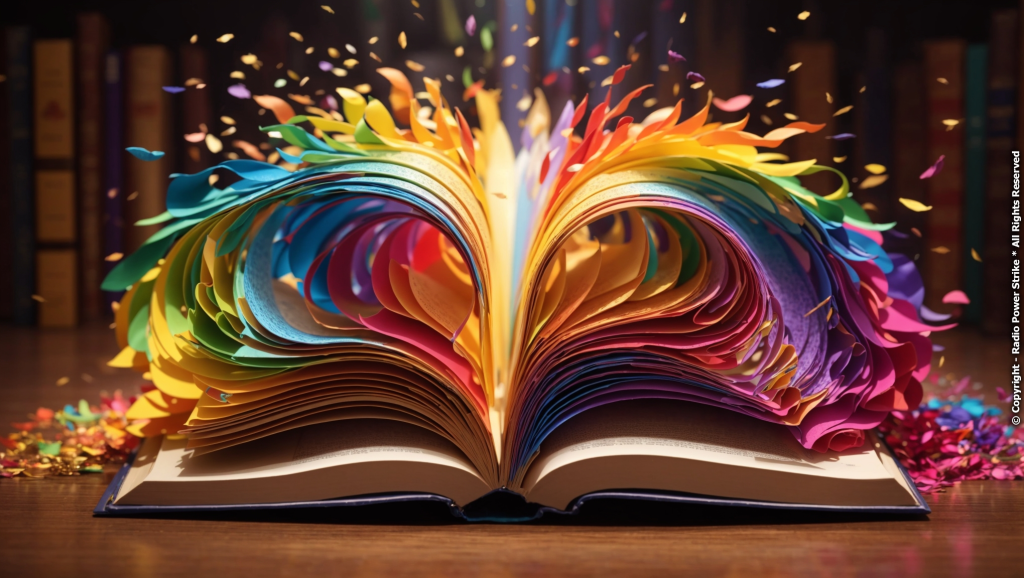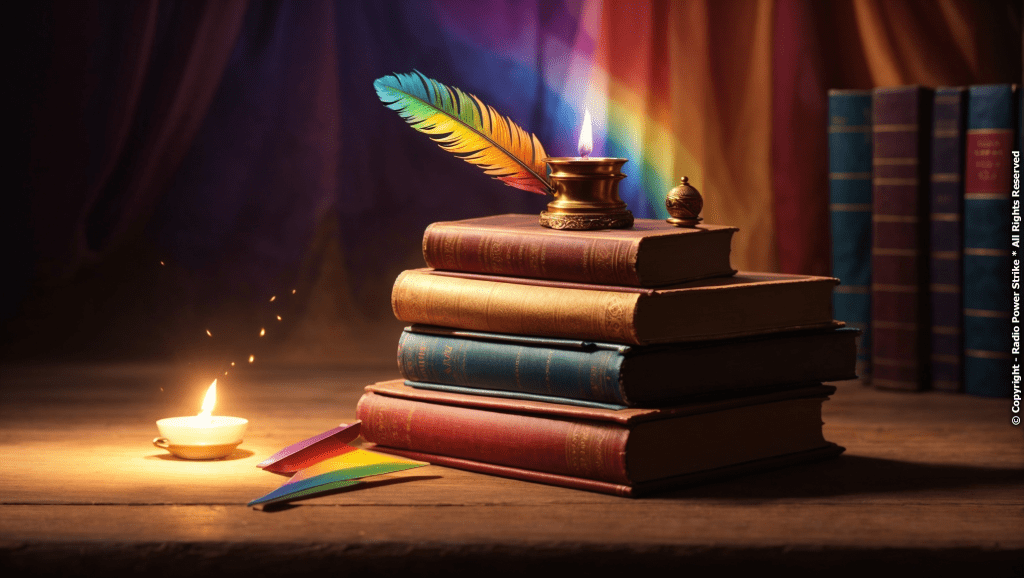Pride in Literature: Celebrating LGBTQIA+ Authors and Stories
Illuminating Voices: The Impact and Influence of LGBTQIA+ Narratives in Modern Literature

Literature has always been a reflection of society, capturing its nuances, struggles, and triumphs. Over the years, the voices of LGBTQIA+ authors have emerged from the shadows, sharing their unique experiences, challenges, and perspectives. These narratives, rich in authenticity and emotion, have not only provided representation but have also played a pivotal role in shaping the broader literary landscape.
Historical Context and Evolution
Historically, LGBTQIA+ narratives were often sidelined or obscured, with authors using pseudonyms or veiled references to discuss queer themes. Writers like Virginia Woolf, with her groundbreaking work “Orlando,” and James Baldwin’s “Giovanni’s Room” were among the few who dared to explore these themes, albeit subtly.
Over time, as societal attitudes evolved, so did the representation of LGBTQIA+ characters and narratives in literature. The late 20th century saw a surge in openly queer authors like Armistead Maupin and Jeanette Winterson, who brought forth stories that resonated deeply with the LGBTQIA+ community and beyond.
Today, LGBTQIA+ literature is diverse, encompassing various genres, themes, and voices. From Sarah Waters’ historical novels to the poignant memoirs of Alison Bechdel, the literary world is richer for these contributions.
Impact on Society and Culture
Literature has the power to influence societal perceptions, and LGBTQIA+ narratives are no exception. Works like “The Color Purple” by Alice Walker and “Middlesex” by Jeffrey Eugenides have not only garnered critical acclaim but have also sparked conversations about gender, sexuality, and identity.
LGBTQIA+ literature also plays a crucial role in providing representation. For many, seeing their experiences reflected in books can be a validating and empowering experience. Young Adult (YA) novels, such as “Simon vs. the Homo Sapiens Agenda” by Becky Albertalli, offer younger readers characters they can relate to, fostering understanding and acceptance.
Furthermore, literature festivals, book clubs, and events centered around LGBTQIA+ themes have become cultural phenomena, celebrating queer voices and fostering community engagement.

Prominent LGBTQIA+ Authors and Their Legacy
The literary world boasts a plethora of LGBTQIA+ authors who have left an indelible mark with their works. Oscar Wilde, although never openly gay, touched upon queer themes in his works, becoming an iconic figure in LGBTQIA+ literary history.
Contemporary authors like Roxane Gay, with her poignant essays, and Brandon Taylor, with his debut novel “Real Life,” continue to push boundaries, offering fresh perspectives and challenging societal norms.
The legacy of LGBTQIA+ authors is profound. They have paved the way for future generations of writers, ensuring that queer narratives are not just a niche but an integral part of the literary tapestry.
The world of literature is vast and diverse, and the contributions of LGBTQIA+ authors and their stories have enriched it immeasurably. Their narratives, filled with authenticity, passion, and resilience, serve as a testament to the human spirit. As we celebrate these voices, we are reminded of the power of stories to inspire, challenge, and transform our world.

Glossary
LGBTQIA+
An acronym representing the Lesbian, Gay, Bisexual, Transgender, Queer/Questioning, Intersex, Asexual community, and other gender and sexual identities.
Pseudonyms
A fictitious name, especially one used by an author to conceal their true identity.
Queer Themes
Subjects or motifs in literature that focus on non-heteronormative identities, relationships, or experiences.
Representation
The depiction of someone or something in a particular way or as being of a certain nature in literature or media.
Young Adult (YA) Novels
A category of fiction written for readers from 12 to 18 years of age.
Queer Narratives
Stories that center on LGBTQIA+ characters, themes, or experiences.
Literary Tapestry
The broad spectrum of literature encompassing various genres, themes, and authors.
Frequently Asked Questions
What is LGBTQIA+ literature?
LGBTQIA+ literature comprises works that focus on LGBTQIA+ themes, characters, and experiences, often penned by authors from the community.
Why was LGBTQIA+ literature historically obscured?
Due to societal stigmatization and discrimination, many LGBTQIA+ authors used pseudonyms or indirect references to discuss queer themes.
How has LGBTQIA+ literature impacted society?
It has influenced societal perceptions, offered representation, sparked conversations about gender and sexuality, and fostered understanding and acceptance.
Can you name some iconic LGBTQIA+ works from the past?
Classics include Virginia Woolf’s “Orlando” and James Baldwin’s “Giovanni’s Room.”
How does modern LGBTQIA+ literature differ from the past?
Today, LGBTQIA+ literature is more diverse and open, encompassing various genres and openly addressing themes once considered taboo.
Why is representation in LGBTQIA+ literature important?
Representation validates and empowers individuals, allowing them to see their experiences mirrored in literature, fostering understanding and acceptance.
Who are some contemporary LGBTQIA+ authors making significant contributions?
Notable authors include Roxane Gay, Brandon Taylor, and Becky Albertalli, among others.

Comments are closed, but trackbacks and pingbacks are open.